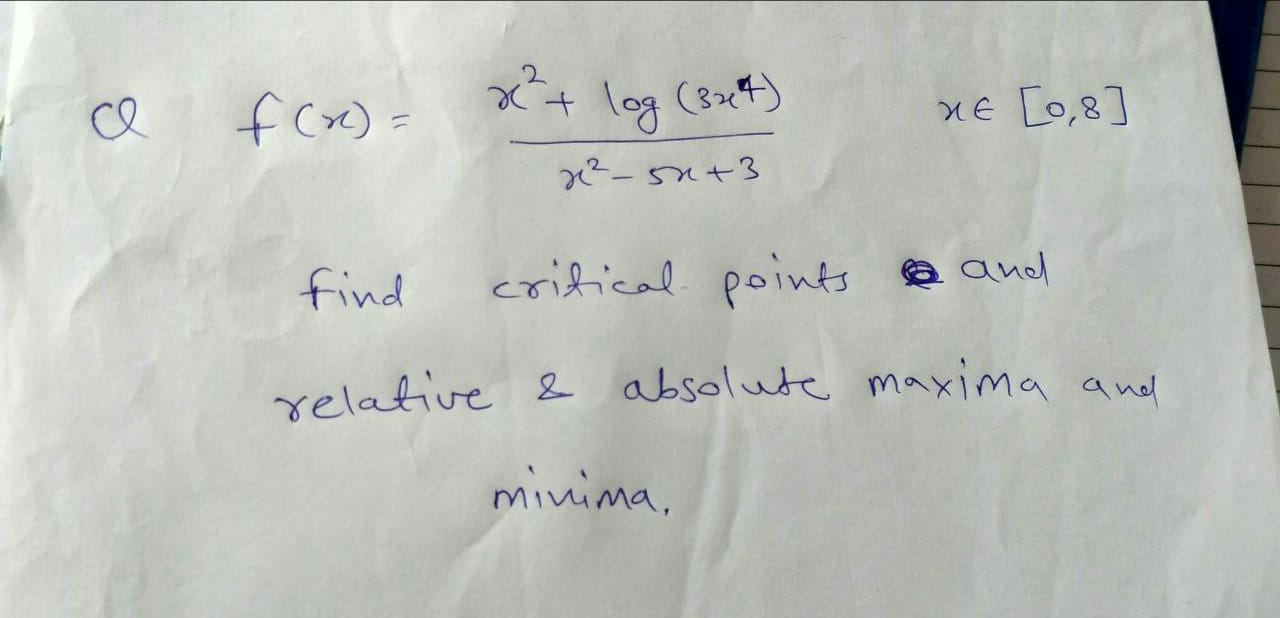
AllQuestion and Answers: Page 1670
Question Number 41434 Answers: 1 Comments: 1

Question Number 41431 Answers: 0 Comments: 3

Question Number 41410 Answers: 0 Comments: 2
Question Number 41409 Answers: 1 Comments: 0
Question Number 41408 Answers: 0 Comments: 1
Question Number 41407 Answers: 0 Comments: 1
Question Number 41394 Answers: 1 Comments: 1
Question Number 41392 Answers: 0 Comments: 1
Question Number 41390 Answers: 1 Comments: 0
Question Number 41389 Answers: 1 Comments: 2
Question Number 41388 Answers: 0 Comments: 1

Question Number 41381 Answers: 2 Comments: 4

Question Number 41378 Answers: 1 Comments: 1
Question Number 41371 Answers: 1 Comments: 1
Question Number 41369 Answers: 0 Comments: 0

Question Number 41373 Answers: 0 Comments: 1
Question Number 41349 Answers: 0 Comments: 2
Question Number 41348 Answers: 0 Comments: 5

Question Number 41347 Answers: 1 Comments: 0

Question Number 41346 Answers: 0 Comments: 6
Question Number 41345 Answers: 0 Comments: 2
Question Number 41343 Answers: 1 Comments: 1
Question Number 41342 Answers: 0 Comments: 0
Question Number 41361 Answers: 1 Comments: 0
Question Number 41332 Answers: 1 Comments: 3
Question Number 41327 Answers: 0 Comments: 0
$${Derive}\:{the}\:{sum}\:{of}\:{an}\:{Harmonic}\:{Progression} \\ $$
Pg 1665 Pg 1666 Pg 1667 Pg 1668 Pg 1669 Pg 1670 Pg 1671 Pg 1672 Pg 1673 Pg 1674
